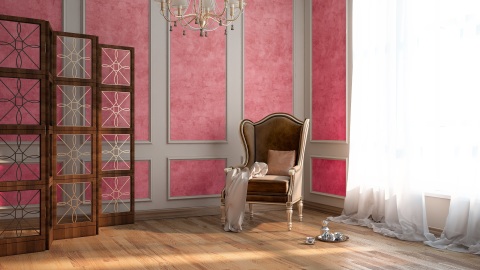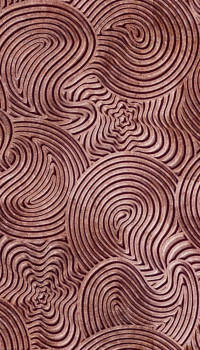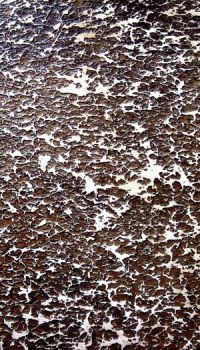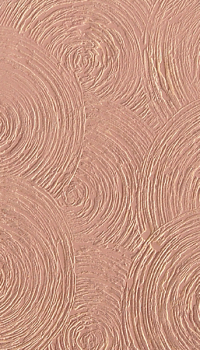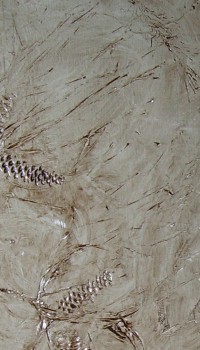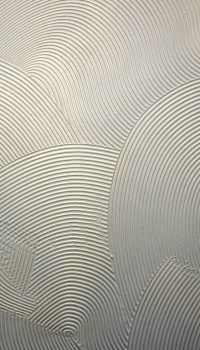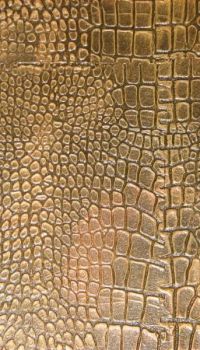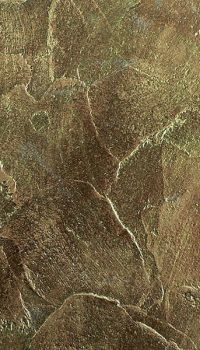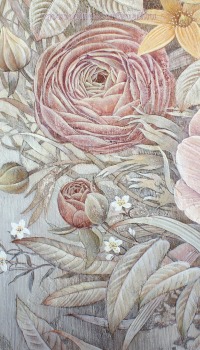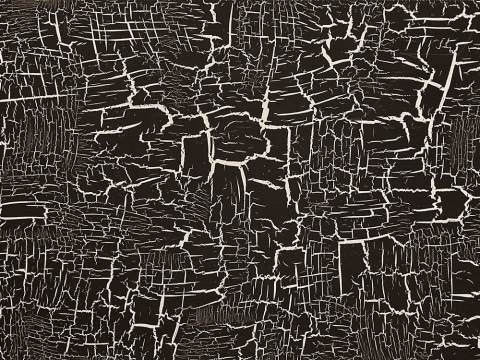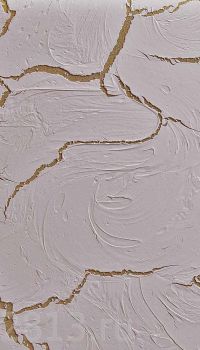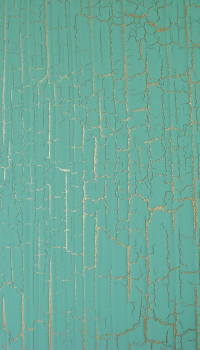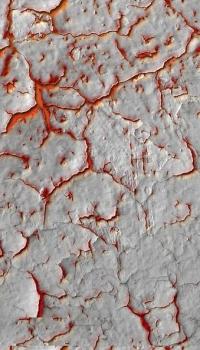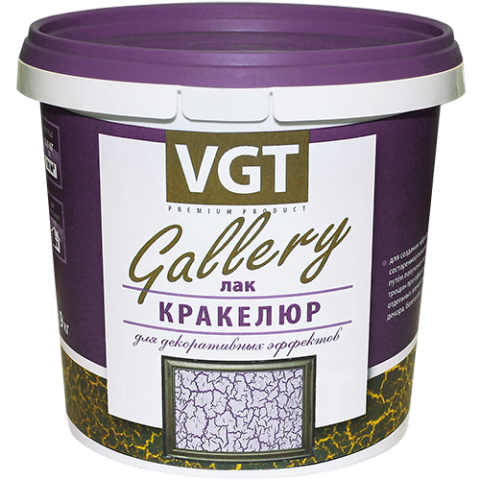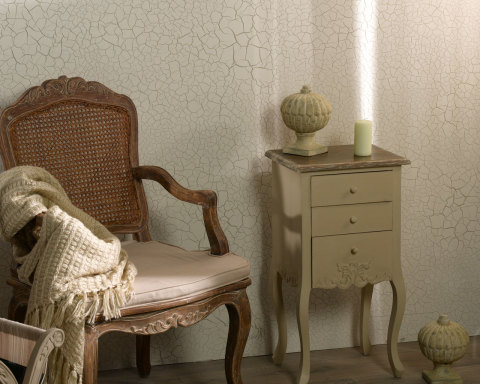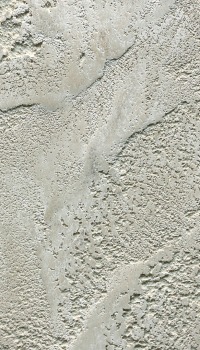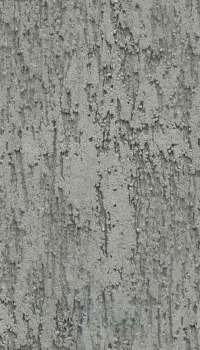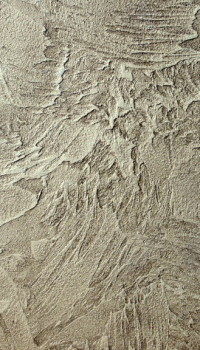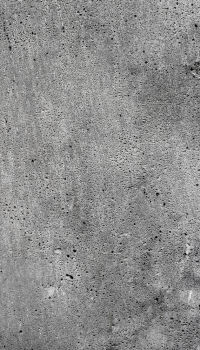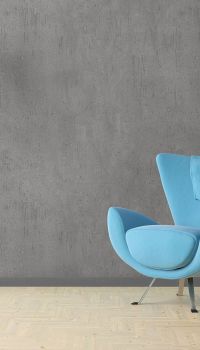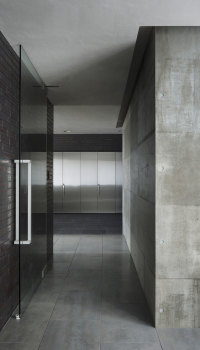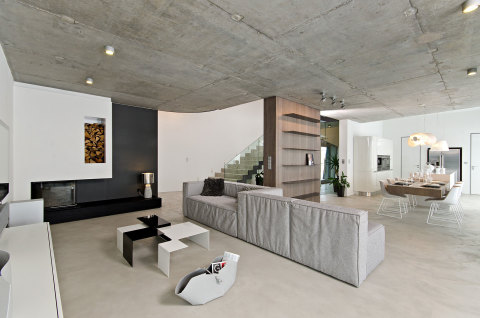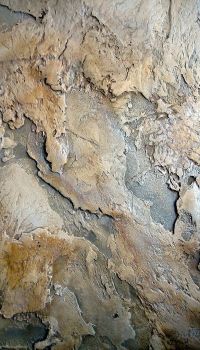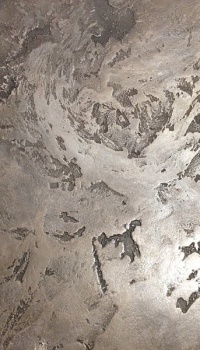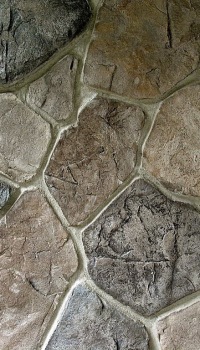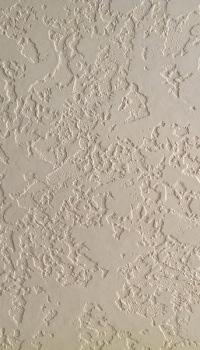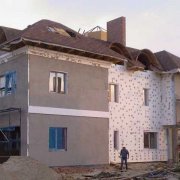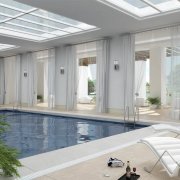Stucco texture: wet wall decoration
Today, not only design, but also design, including interior design, can not do without the help of a computer. Professional programs make it possible not only to plan the room and choose finishing options, accessories and furniture for it, but also to develop fundamentally new examples of decorative coatings that a good craftsman can bring to life.
For example, the texture of the stucco for 3d max (one of such programs), has dozens of different variations, any of which can be oriented when designing surfaces as a sample. A realistic and very clear picture allows you to imagine firsthand how it will look on the walls.
The content of the article
Variety of decorative coatings
In most cases, plasters - textures and their color schemes, imitate natural materials, as well as coatings created from them. These include the texture of stone, metal, wood, leather.
It can be all kinds of fabrics: brocade, silk, velvet, velveteen. A coating that mimics fabric is called: textile plaster.
The choice of decorative coatings is huge, and we will present to your attention the most interesting options:
- Textured plaster
- The effect of “papyrus” - is performed by gluing embossed paper onto a special primer
- Two-color mosaic coating
- Relief applied with a regular brush
- "Grated coat" - performed by hand plastering tool
- Spruce branch with cones as a tool for creating an effect
- This texture can be created using a plastic comb This texture can be created using a plastic comb
- The reptile skin relief is applied with a special stamp
- The simplest texture with a difficult combination of shades
- A little imagination - and on the wall a beautiful panel
- Sgraffito coating - an option for those who can draw
- Texture of decorative plaster: imitation silk
So:
- Structural plasters They are characterized by high ductility, they have additives that slow down the hardening process, which gives enough time to process the screed.
- A decorative coating can have as many different reliefs and textures as human imagination can suffice. And note that for their creation some special tools are not always required.
- The harmony of such a finish depends mainly on the competent selection of shades, and their combinations. From the same composition, you can dozens of different in appearance plasters.
It is enough just to use different tools and techniques when applying the relief, tint and tint the surface in different ways. But there are options that focus on only one effect - although there are many variations that can be created.
We will dwell on the most popular of them in more detail. The video in this article will also help you make your choice.
The effect of antiquity: retro is always held in high esteem
Recently, such a trend as craquelure has gained popularity in interior design. At the same time, imitation of old plaster and frescoes is carried out (seeHow to make a mural on the wall with your own hands), which, covered with a network of wrinkles, have become even more attractive to the eye.
A similar effect is created due to craquelure varnish applied to the screed, which cracks under the influence of additives provoking this process.
Accordingly, such an effect can be obtained only by using a composition specifically oriented to it. The following are several plaster texture options with a similar effect. Real cracks form in the craquelure coating. But as an option, they can be, as in the picture above, drawn with a thin brush, contrasting paint.
This technique is often used when trying to recreate the texture of marble with veins. As you can see, the drawing is similar.
- Real craquelure, with a large network of cracks
- The perfect combination of aquamarine with gold
- The effect of "volcanic lava"
Secrets of creating coverage
The advantage of the coating is not the cracks themselves, but their color scheme. Therefore, together with a plaster composition, the average price of which is 4,000 rubles per packing of 15 kg, you still have to purchase primer paint, a base with a crack effect, and two or three types of varnish. To accentuate cracks, bronze or pearlescent powder is used.
So:
- Considering that the wall surface should already be leveled and plastered, only Venetian trowel and stainless steel trowel, as well as a roller with a pile and a plastic bath, are needed from tools. The process of applying craquelure plaster is as follows.
- On a dry, and already treated with an adhesive primer surface, in one or two layers, a primed paint tinted in the desired color is applied. It dries about 7 hours. Next, a coating is applied that will be accentuating for cracks.
- If you want this layer to be not just colored, but to have a bronze or pearlescent shine, you need to use the version of the varnish that is intended for tinting. The powder is added to it, previously diluted in a small amount of water, and then applied to the surface with a thin layer using a roller.
- After 5-6 hours, when the surface is completely dry, craquelure varnish is now applied - first one coat, and after 3 hours a second. Now the coating needs to be given more drying time: up to 8 hours. Only after this is applied the basic composition.
- It usually comes ready-made, but in order to achieve a more convenient consistency, it can be diluted by ten percent with water. Such things are usually regulated by the manufacturer’s instructions, which is not enough just to get acquainted with - it’s also advisable to watch the corresponding video.
Note! Texture plaster most often goes on sale in the form of a white paste, which makes it possible to tint it at your discretion. This applies not only to formulations intended to create the craquelure effect, but also to any other options. You can tint it yourself by dosing the liquid tint with a syringe, but it is easier and more reliable to use the tinting service, which is provided by almost all sellers of such goods.
The base mixture is applied to a dried-out wall, and then, having slightly moistened the screed from the spray gun, smooth it with soft movements with a special silicone spatula scraper. As the layer dries, cracks will begin to appear. Their frequency and depth depend both on the thickness of the screed applied and on the humidity in the room.
Note that it is impossible to speed up the drying of the material. Usually this takes 24 hours, after which it remains to apply the third type of varnish, protective, and you will get such a coating, as in the above example.
Imitation of concrete and stone - a fashion trend
As for the texture of concrete, it is attractive, primarily due to the neutral gray range of shades inherent in cement. Most decorative plasters are made on the basis of white cement, and those that are designed to decorate walls “under concrete” are made on gray cement (seeStucco for concrete: decorative wall decoration) Moreover, it has a finer than usual grinding, which is why it was called microcement.
- Imitation cement plaster
- Creation of a relief due to a large fraction of the filler
- From chaotic brush strokes an interesting pattern is also obtained.
- Complete imitation of concrete, with cracks and sinks
Application principle
If you purchase a composition specifically designed to simulate the surface of concrete, then it will already be tinted in the appropriate shade. The preparation process depends on what type of surface will be refined. If this is brickwork, then it must be leveled with cement-based plaster.
So:
- The masonry of concrete blocks is leveled as necessary, but if the walls themselves are even, decorative plaster with the effect of concrete can be applied directly to the base base. This also applies to apartment walls in large-panel houses. In this case, you actually only emphasize the natural texture of concrete.
- On the surface, previously plastered with gypsum plaster, or plasterboardDo not apply cement plaster. In this case, a similar design can be performed with a composition based on gypsum - and this is almost all Venetian plasters.
- Just in this case, it will be a little more difficult to get the desired shade. In general, if you plan to design a room in the style of art concrete in advance, keep in mind that it is desirable to level the surfaces cement plaster. It is not necessary to smooth it ideally, because absolutely smooth concrete does not exist.
- On the contrary, artificially small defects are even created during the coating process. Often, craftsmen draw and expand on a still plastic layer lines that will give the wall a resemblance to masonry from small blocks, or large-format plates.
- Textures: decorative stucco with concrete effect
- Imitation of masonry from concrete blocks
If you finish real concrete surfaces, then you don’t even have to draw anything. You can decorate existing joints, but, of course, they should not be cross-cutting.
Pay attention to the photo below, where the ceiling is finished under concrete. At the base is gypsum plasterboard lining, and on it the complete impression is created that the ceiling of concrete slabs - even the technological holes are drawn.
- This is painstaking work - especially when it has to be done on the ceiling. But this is design: modern modern, or loft. Such work is carried out by highly qualified specialists, and is paid accordingly. As for the simple imitation of concrete, in this case, texture plastering with your own hands is quite simple.
- The first layer is applied to the prepared surface, which will be the main background, and should be tinted accordingly. Its machining is carried out while it retains ductility. For this, any tool can be used - including a brush with a metal or plastic pile.
- When the plaster has set, it is compacted with a smoothing machine, not over rubbing so that there are sinks, as on concrete. They start decorating after the screed has dried. The first layer is a colorless Venetian wax diluted in half with water. The second layer will already be a color layer - it will stand out especially well in those places where the relief was applied.
- Imitation stone slabs
- Decorative plaster: travertine textures
- Sandstone texture
- One of the variations of Venetian plaster
- Masonry styling
- Dolomite texture
When performing concrete imitation, contrast tinting is performed on the wax surface. That is, with a paint of a more saturated color, a sponge, a brush or a swab are applied to splashes, stains and streaks.All this is shaded, thereby creating a worn effect, and after drying, a protective coating is applied.
The technique of applying concrete texture is very similar to the process of imitation of natural stone, and can even be performed from the same composition. All the difference is only in the nature of the relief, as well as other options for tinting.
This can be easily verified by comparing the plaster textures presented in this chapter. That is why we have combined in it options for the execution of textures not only of natural stone, but also of artificial one - of which concrete is.
Tags: concrete